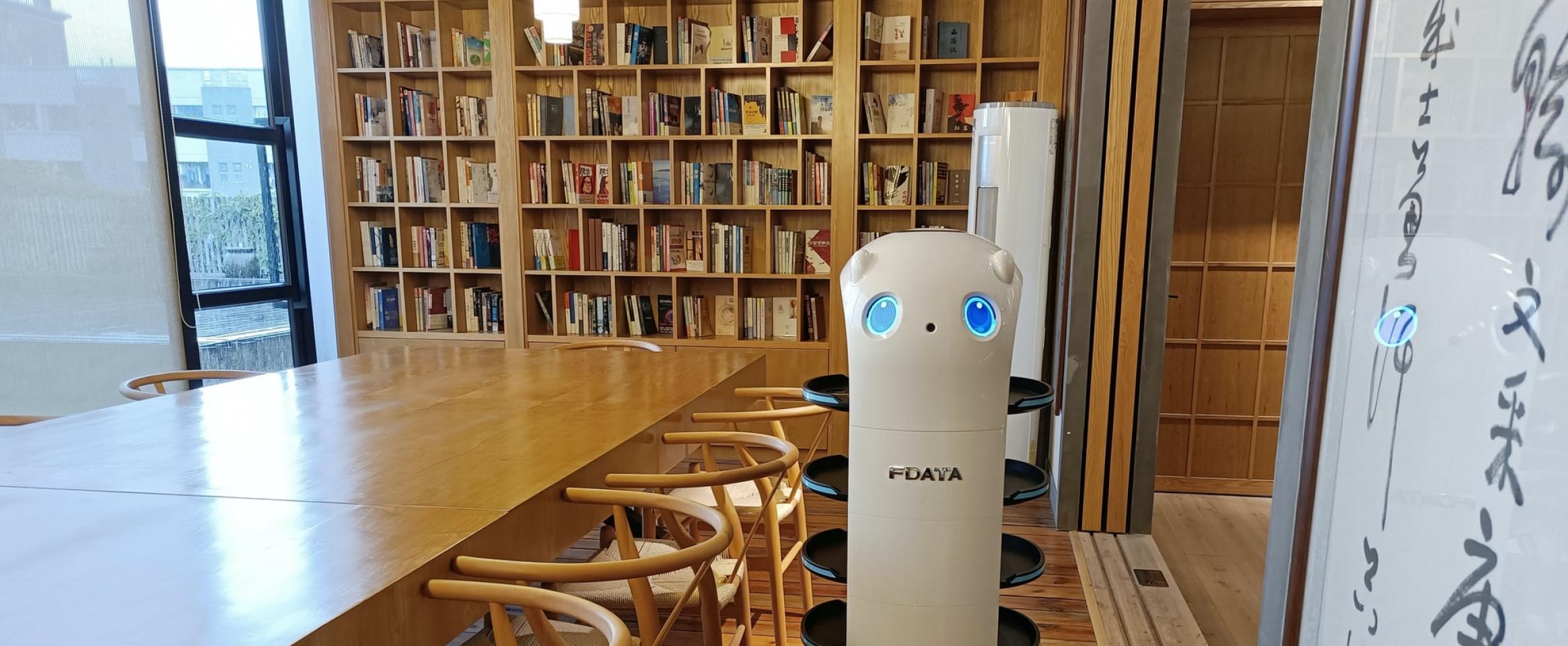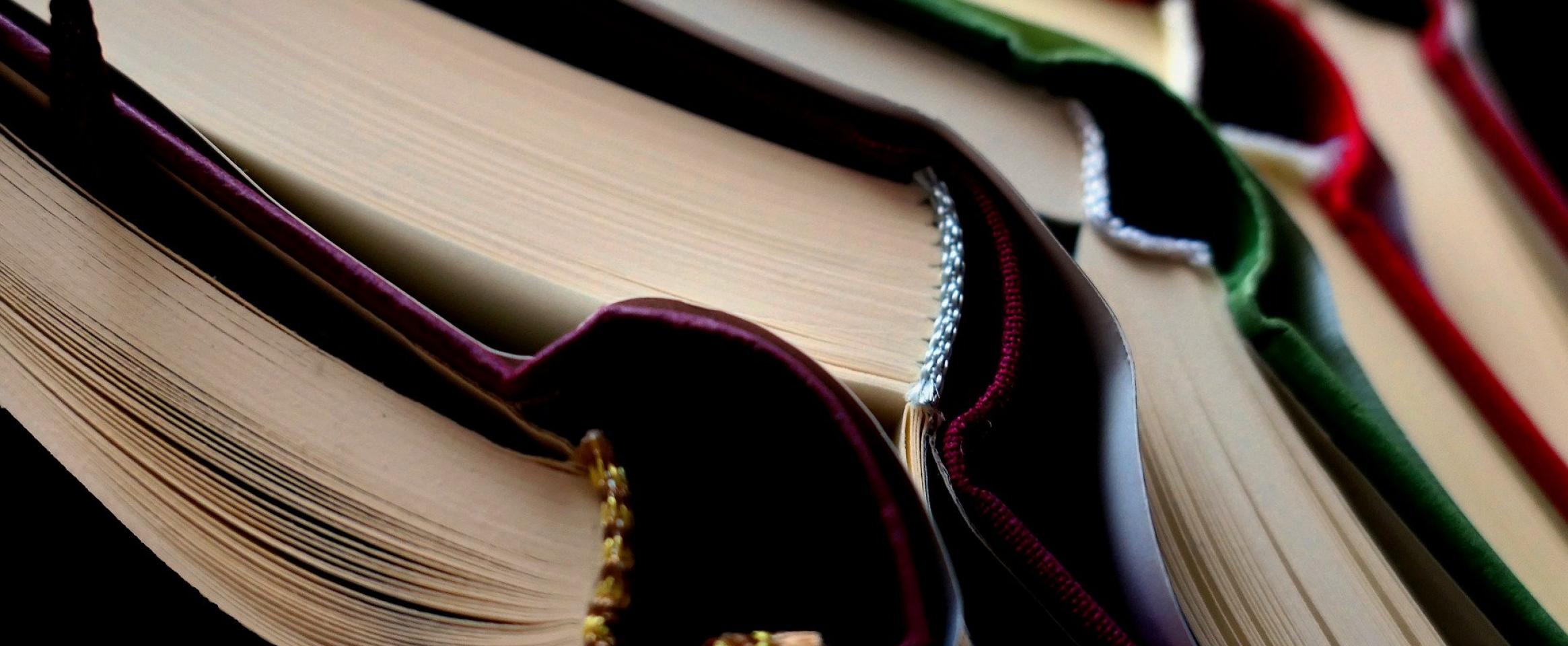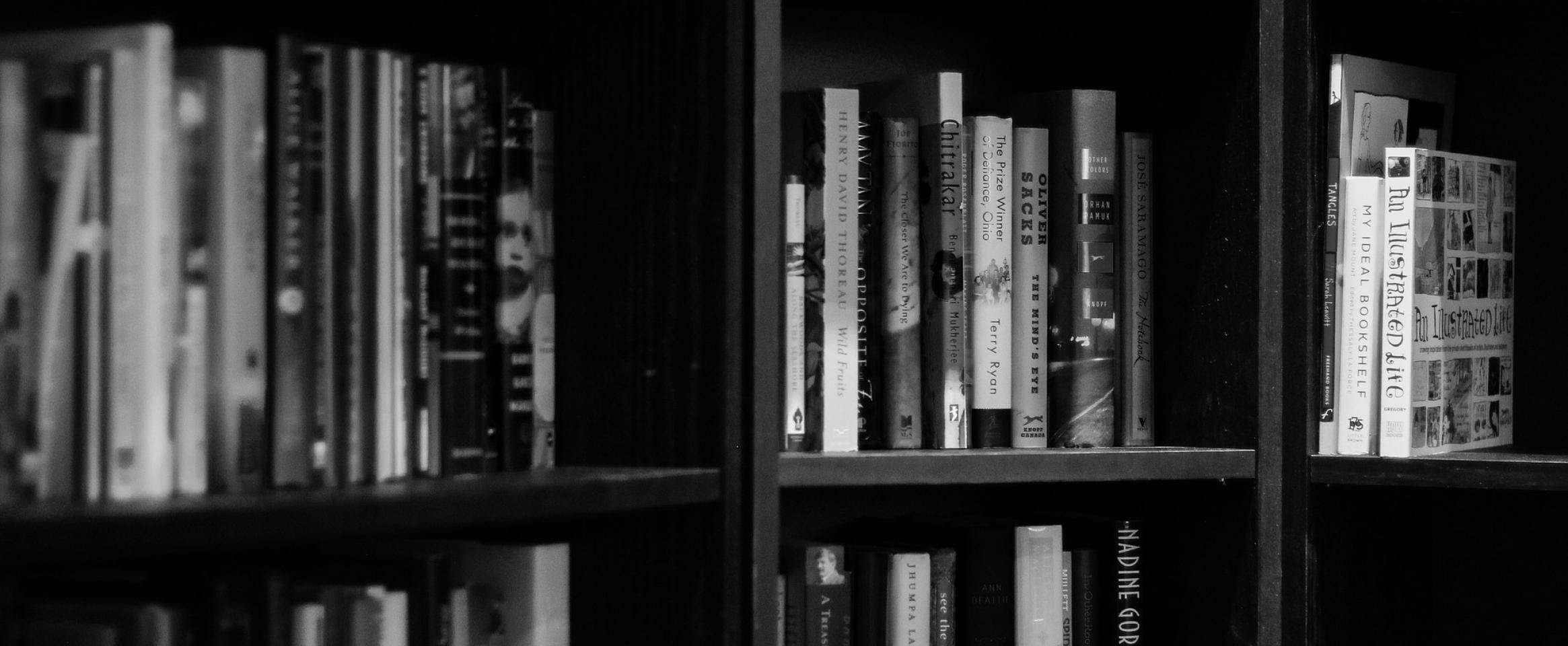
Lenora Todaro—Sea Lions in the Parking Lot: Animals on the Move in a Time of Pandemic
During pandemic shutdowns, with more people staying home, kangaroos hopped on Adelaide, Australia’s streets. Coyotes trotted on the beach in the daytime near San Francisco’s Golden Gate Bridge. These appearances remind us that humans often disrupt animal habitats and can do more to protect them, Lenora Todaro writes in Sea Lions in the Parking Lot: Animals on the Move in a Time of Pandemic.







